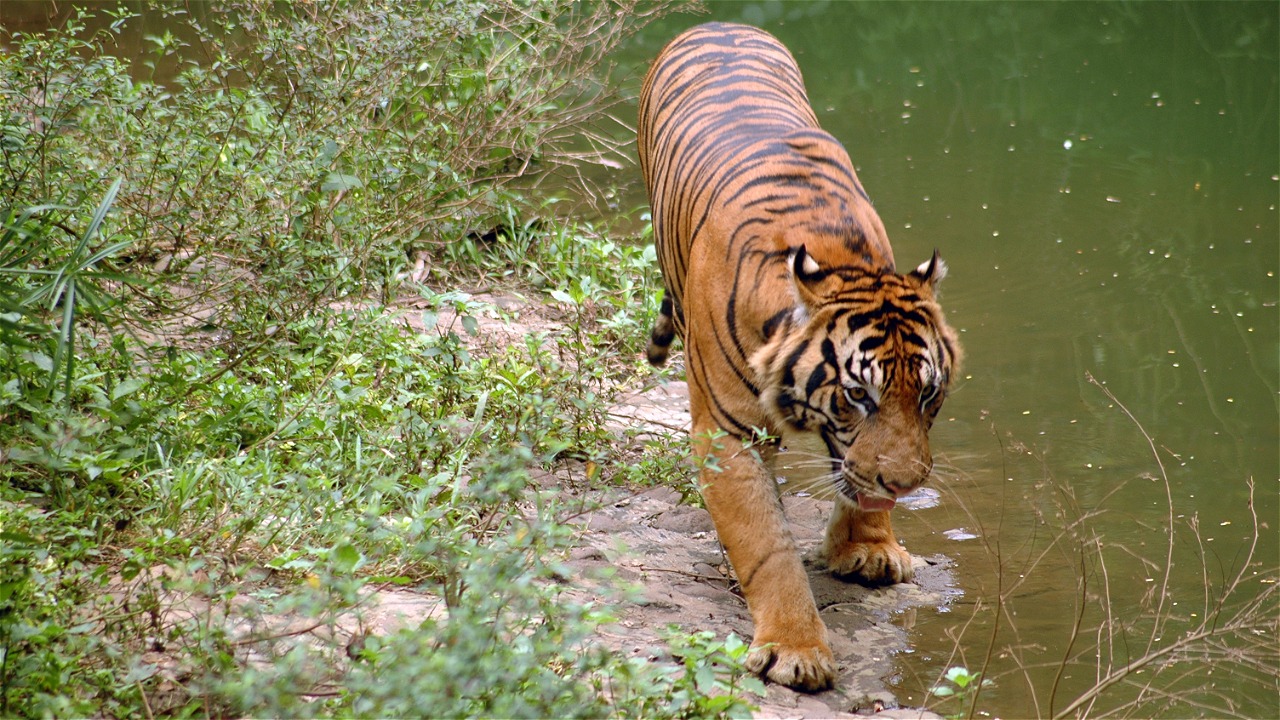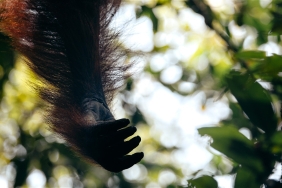SUMATRAN TIGER, DON'T BE A LEGEND!
By: Sela Ola Olangi Barus
Who doesn't know Motinggo Busye's "7 Manusia Harimau" (7 Tiger Men), a novel inspired by a legend from the Bengkulu region, became phenomenal when it caught the attention of an Indonesian production house and was aired on screen. The legend describes the Sumatran tiger (Phantera tigris sumatrae) which is highly respected and has a high position among the community. If you kill one tiger, the tiger will retaliate by killing more than one person. Thus, of course, people who believe in the legend will definitely be very reluctant to disturb the life of the Sumatran Tiger.
However, the reality is that the Sumatran Tiger (Panthera tigris sumatrae) population is now only 371 individuals spread from Aceh to Lampung. Since 2010-2014 WWF Indonesia counted 19 individual deaths due to poaching and illegal trade, conversion of protected forests into production forests, and conflicts with humans.
The world is also highlighting this, not only Indonesia, globally the decline of the world's tigers is increasingly alarming, so in 2010 a Tiger Summit was held in Saint Petersburg, Germany, which was later established as World Tiger Day (Global Tiger Day) every July 29. The goal is to call for the protection of tigers by maintaining their natural habitat and increasing public awareness of tiger conservation. WWF-Indonesia has made efforts to protect the striped animal, most recently by re-censusing tigers by installing trap cameras in areas where Sumatran tiger habitat is thought to live. One of the habitat areas that WWF Indonesia is focusing on is the Bukit Rimbang Bukit Baling Wildlife Sanctuary (better known as Rimbang Baling). Rimbang Baling is a protected area that is not spared from the threat of forest land conversion. Therefore, WWF Indonesia together with YAPEKA and INDECON, with support from IUCN and KFW held an Integrated Tiger Habitat Conservation Program (ITHCP) rescue effort: "Communities for tiger recovery in Rimbang Baling: the Beating Heart of the Central Sumatran Tiger Landscape". Not only that, previously WWF-Indonesia has also collaborated with various parties such as local governments, the private sector, other conservation organizations, and local communities to strive for the survival of Sumatran tigers. In addition, WWF-Indonesia has also deployed anti-poaching patrol teams.
A series of rescue efforts certainly need support from all parties to realize the target of the Tiger Recovery Program to double the number of tigers by 2022 worldwide if this species is to survive in the world. For those of you who live in the city, don't worry, you can help the conservation of the Sumatran Tiger in an easy way. Live a green lifestyle, save resources such as electricity, clean water, do not consume tiger body parts and most importantly save the use of tissue and paper. Because the tissue and paper industry is the activity that has the most impact on the loss of natural habitat of the Sumatran Tiger. From now on, let's save tissue and paper to save the Sumatran Tiger! Or replace them with certified products.





